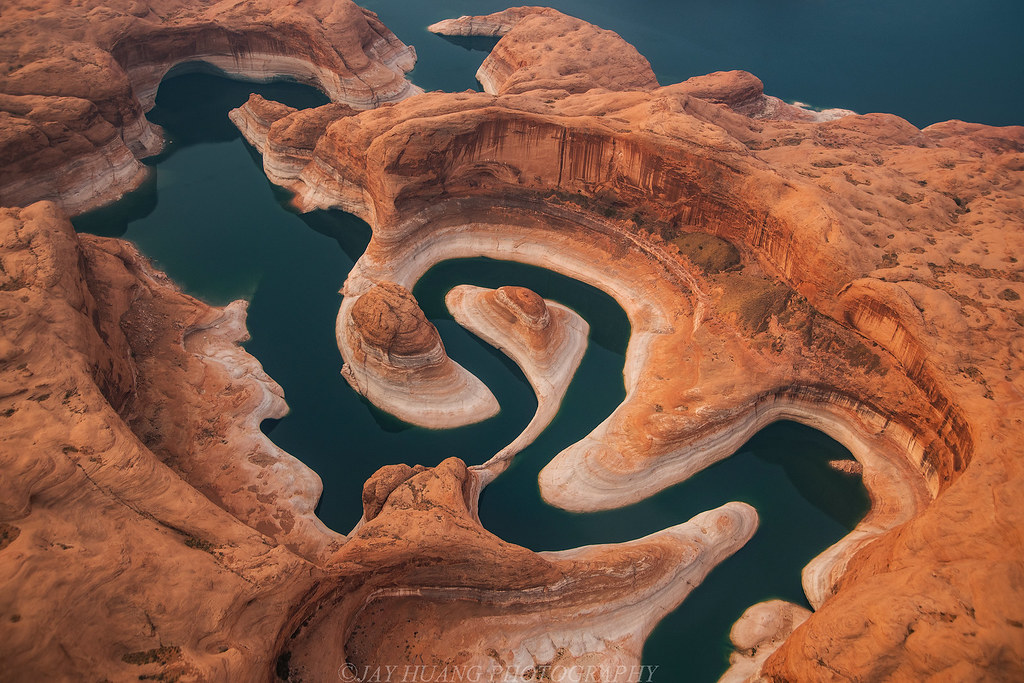The Colorado River’s Shocking 20-Year Decline
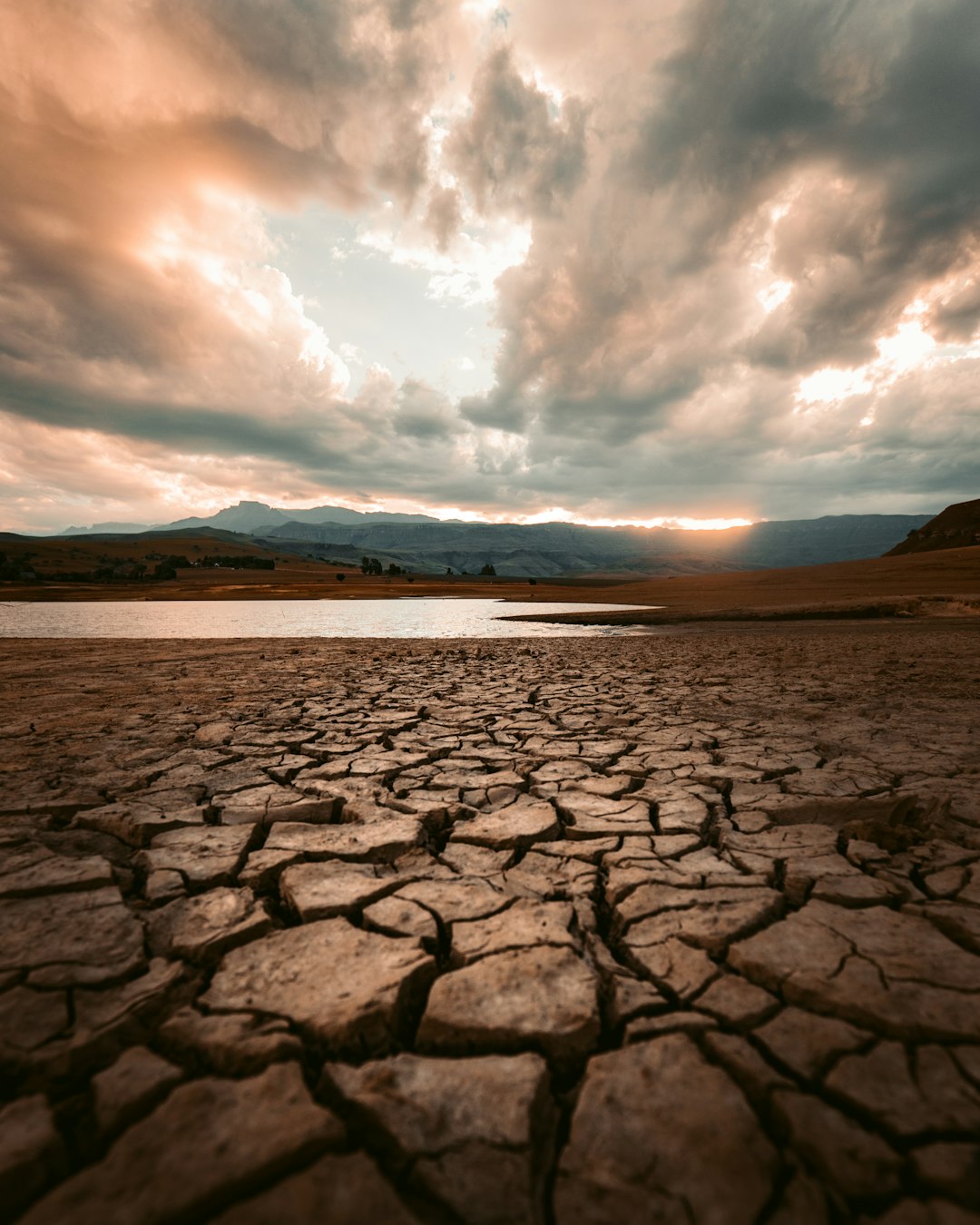
The lifeline that has supported Arizona for over a century is dying before our eyes. Climate change has produced a megadrought that has reduced water in the Colorado River, and since 2000, the Colorado River has experienced the southwestern North American megadrought. We are experiencing the driest conditions in the basin in more than 1,200 years. This isn’t just another temporary drought that will end with the next rainy season. Over the last century, the river’s flow has dropped by 20 percent, and the Colorado River has experienced an extended drought for the past 23 years, exacerbated by climate change. The numbers are staggering and they paint a picture of a water system in complete crisis. The Colorado River supplies about 36% of Arizona’s water, making this decline nothing short of catastrophic for the state’s future.
Federal Water Cuts Are Just the Beginning
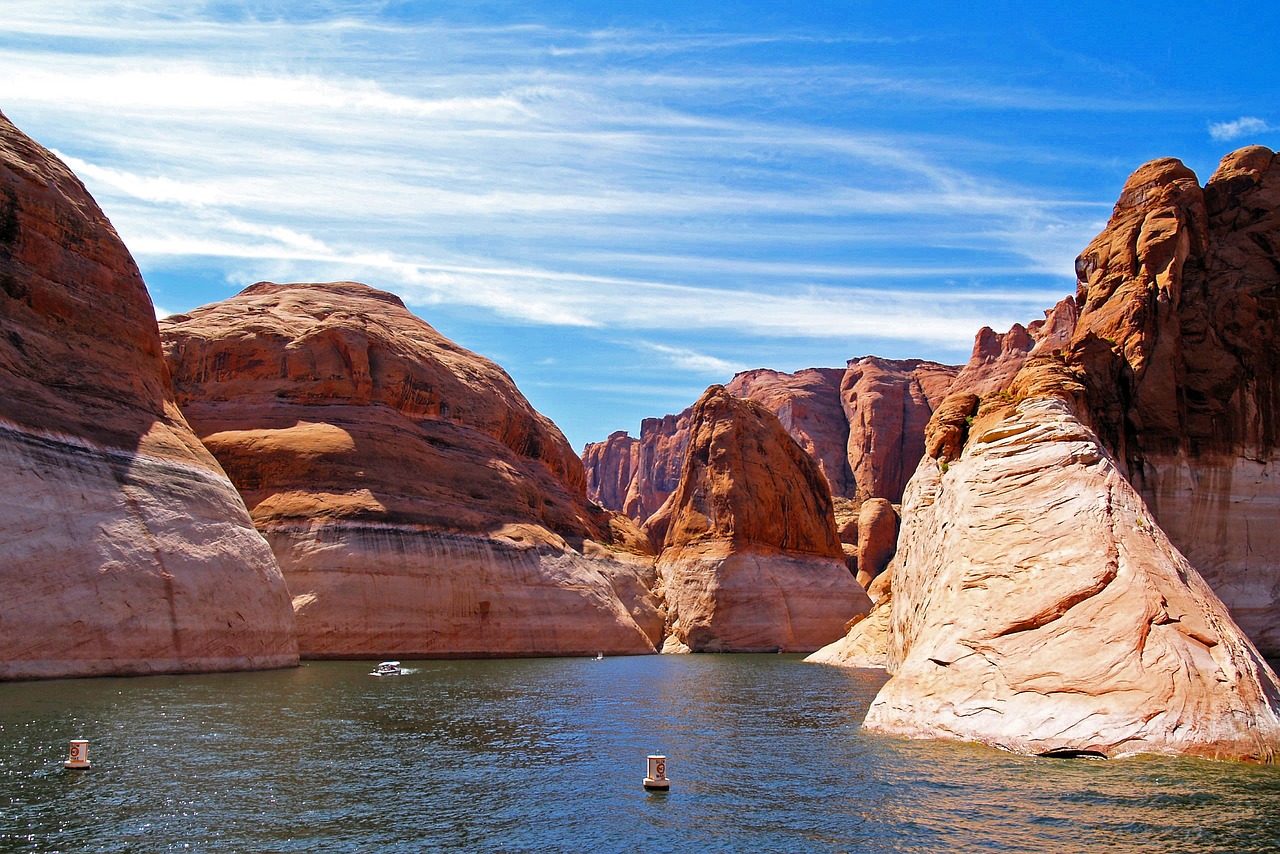
Arizona is bearing the brunt of federal water restrictions in ways that most residents don’t fully understand. Arizona’s Colorado River apportionment in 2025 under the Tier 1 condition will be reduced by 512,000 acre-feet, which represents 30% of CAP’s normal supply and about 18% of Arizona’s Colorado River supply. To put this in perspective, that’s enough water to serve over 169,000 Arizona homes annually. In 2023, Arizona received the first ever Tier 2A shortage, with a reduction of 592,000 acre-feet of Colorado River water supply. The scary part? These cuts are only going to get deeper. If Lake Mead drops below a certain level, Arizona, California, Nevada and Mexico are subject to cuts, and in recent years, Arizona has faced the bulk of these cuts. While other states have been spared due to senior water rights, Arizona continues to take hit after hit.
Lake Mead’s Apocalyptic Water Levels
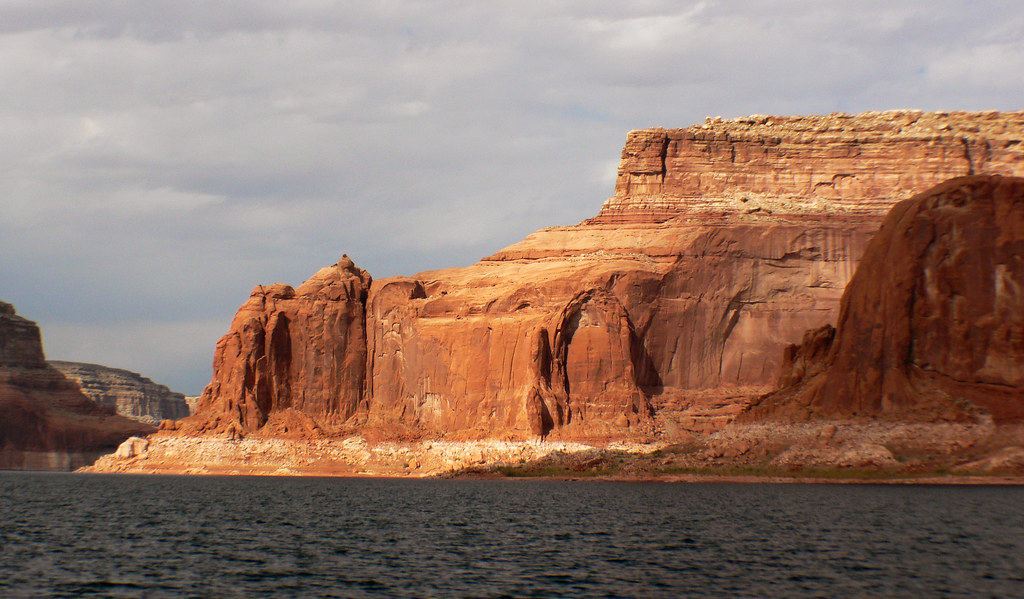
The images coming from Lake Mead look like something out of a disaster movie. The landscape at Lake Mead in Arizona looks apocalyptic, with drastically lowered water levels that have left a “bathtub ring” around the perimeter and uncovered junk that was thrown into the reservoir decades ago. In July 2022, the lake’s water levels were the lowest they have been since the reservoir was first constructed in the 1930s, at 1,040 feet, and this year saw the lake’s water levels the lowest they have ever been. Due to ongoing drought conditions and a hotter, drier climate, the lake’s elevation has dropped more than 150 feet, and water levels are expected to decline even further. In December 2024, Lake Mead’s water levels had risen by 16 feet within two years, but in February 2025, climatologists confirmed that although Lakes Mead and Powell are in better shape than they had been in recent years, they are still only about 35% full–a crisis situation.
The Hidden Groundwater Emergency
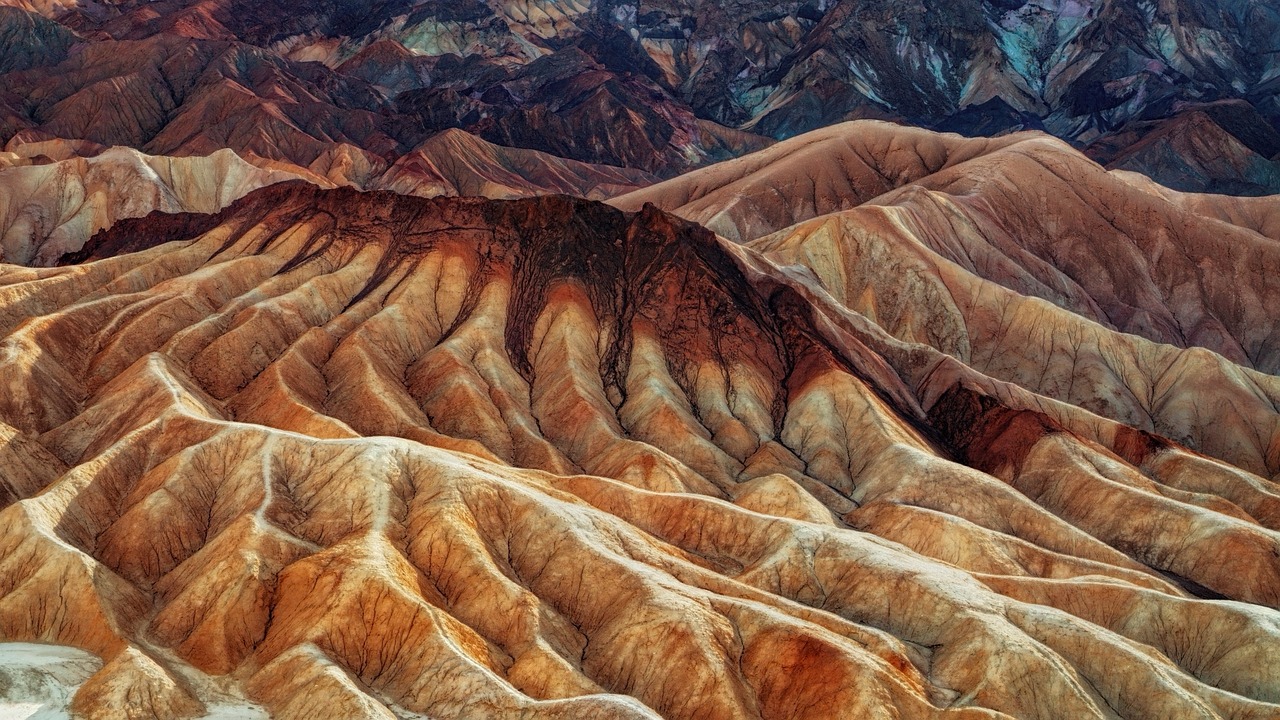
While everyone talks about the Colorado River, Arizona’s groundwater crisis is flying completely under the radar. 80 percent of Arizona has no regulations over the use of groundwater, making it the only state in the Colorado River Basin with such lax rules. This regulatory gap has created a free-for-all situation where massive agricultural operations can pump unlimited amounts of water without oversight. Reports show many rural groundwater basins are already in overdraft, meaning more water is being pumped out than is replenished by rain and surface water each year, with the Willcox basin seeing a deficit of 108,428 acre feet in 2022, about the same amount of water Tucson uses each year. Groundwater levels have dropped more than 400 feet in some parts of the Willcox Basin, and that drop in the aquifer has resulted in nearly 50 miles of earth fissures opening. The ground is literally cracking open beneath Arizonans’ feet.
Agriculture’s Massive Water Appetite

Here’s what might shock you most: In 2019, 72% of Arizona’s water supply went to agriculture, and in the whole Colorado basin, agriculture uses 75% to 80% of the water. Agriculture is the biggest user of water in Arizona and will likely be the biggest source of cuts, yet this sector remains largely protected from cutbacks compared to urban areas. The biggest crops in Arizona are alfalfa, at about 305,000 acres; cotton, 130,000 acres; corn, 95,000 acres; lettuce, 64,000 acres, and wheat, 53,000. What’s particularly concerning is that much of this agricultural production involves water-intensive crops like alfalfa, which requires enormous amounts of water in desert conditions. Arizona’s farmers can produce an average of 8.2 tons of alfalfa per acre, compared to the nationwide average of 3.2 tons, but to grow an equivalent amount of alfalfa anywhere else would require more land, more fossil fuel resources, and yes – more water.
Rural Communities Are Running Dry
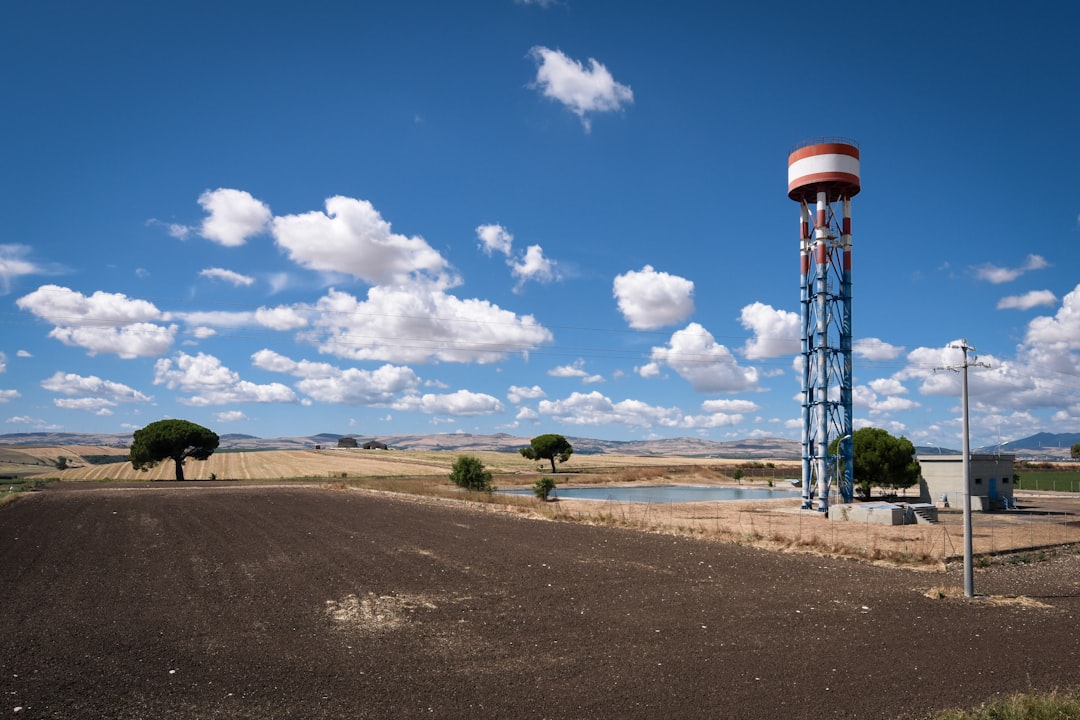
In Arizona’s rural areas, families are watching their wells go dry while massive farms continue pumping unlimited groundwater. The cost to reach more water can run tens of thousands of dollars, with one resident spending nearly $20,000 to redrill his well to access water deeper underground, while massive agricultural operations continue to flood into the state and pump huge amounts of water from underground aquifers, with over 90 percent of the local basin’s water going to agriculture. This creates a devastating situation where rural homeowners are forced to drill deeper and deeper wells at enormous personal expense while industrial agriculture operations face no restrictions. The state can keep the status quo, allowing groundwater usage to go unchecked, leading more and more wells to run dry in rural Arizona. The human cost of this policy failure is becoming impossible to ignore.
Phoenix’s Precarious Water Balancing Act

Despite reassurances from city officials, Phoenix faces an unprecedented water challenge that most residents don’t fully grasp. Experts are saying that the Arizona water issue is not as drastic as people think, and Phoenix says it has “the water it needs – but none to waste,” with Phoenix’s water supply being “in very good shape”. However, this confidence is built on a complex web of water sources that are all under stress. The Colorado River supplies about 36% of Arizona’s water, with other water sources coming from groundwater, 41%; in-state rivers, 18%, and reclaimed water, 5%. Scottsdale’s population of 250,000 relies on the Colorado River for the majority of its water, and the mayor is preparing for the federal government to cut up to 40 percent of the city’s current allotment in the next year. The reality is that Phoenix’s water security depends on successfully managing multiple threatened sources simultaneously.
The Climate Change Multiplier Effect
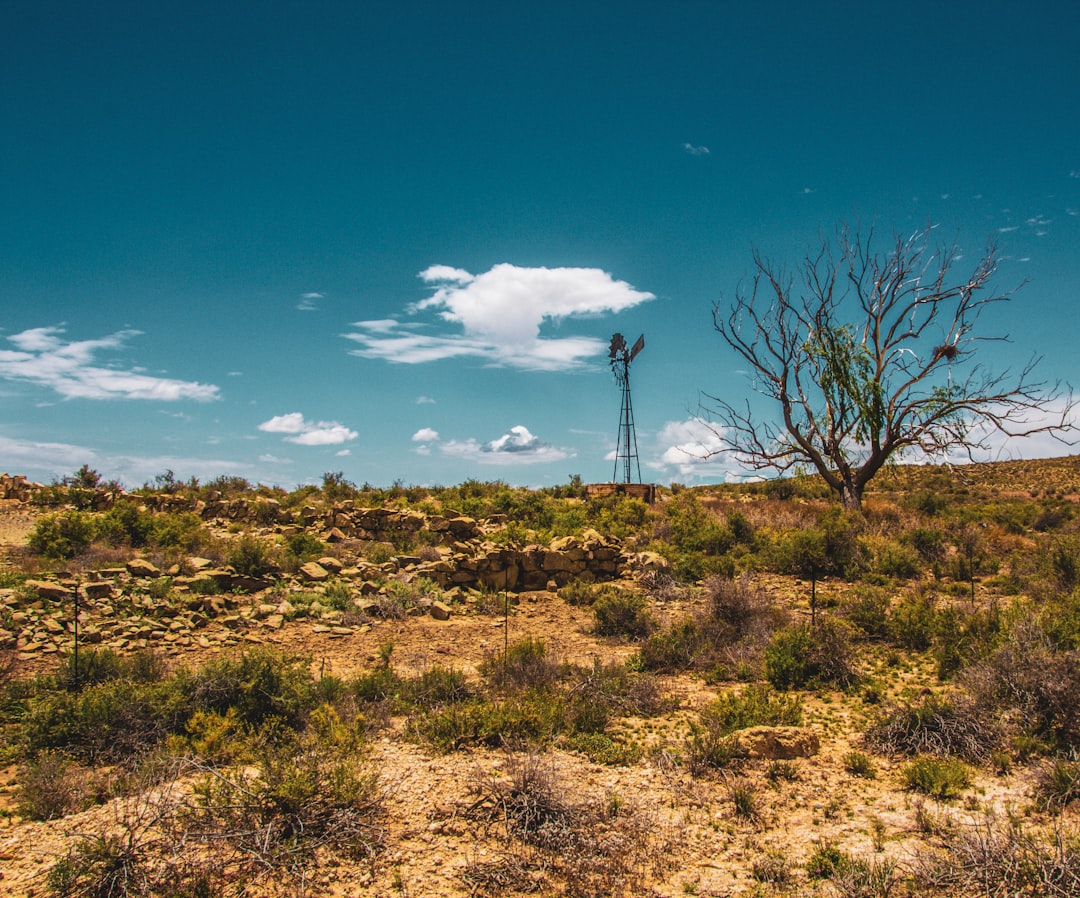
Climate change isn’t just reducing water supplies—it’s creating a perfect storm of increased demand and decreased availability. Increasing temperatures are leading to a cascade of water impacts across the state, with overall diminishing supply and increasing demand for water, as increases in both average annual temperatures and extreme temperatures are affecting water resources in Arizona. Temperatures in the Southwest will rise substantially by at least 3°F—and up to 9°F—over recent historical averages over the 21st century. Evidence supports the fact that climate change is happening now and will have a lasting effect on the availability of Colorado River water supplies, with current Colorado River conditions expected to not only continue but worsen, and leading climate scientists warning of a permanent shift to a drier future, something known as “aridification”. This isn’t a temporary crisis that will resolve—it’s the new normal that Arizona must learn to live with.
International Water Deals Add Pressure
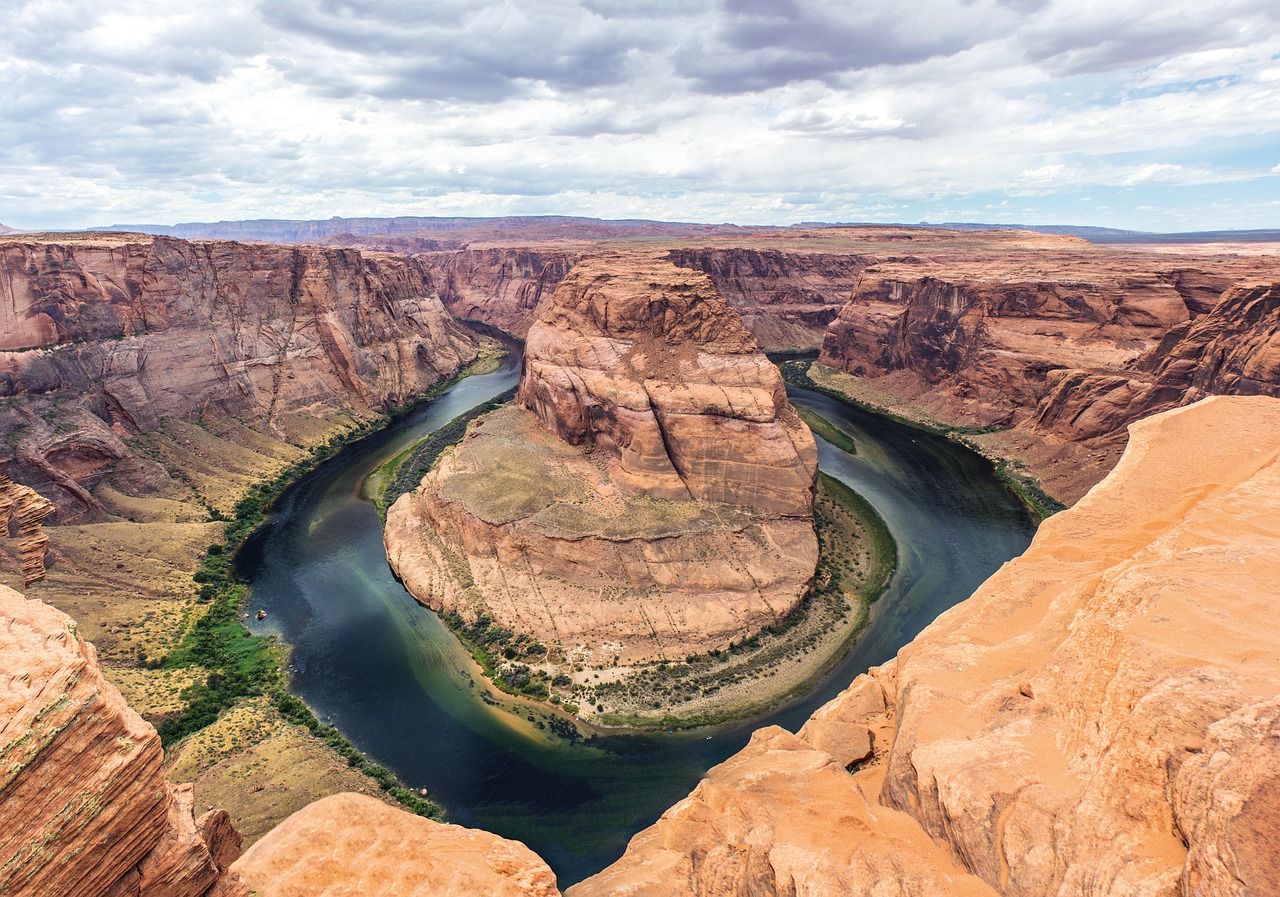
Arizona’s water crisis is made even more complex by international agreements that many residents know nothing about. Mexico’s water delivery includes reductions and water savings consistent with international minutes, and during calendar years 2024, 2025, and 2026, Mexico will take water conservation actions to cumulatively conserve an additional 400,000 acre-feet of water. These international obligations mean that Arizona can’t simply focus on domestic water management—it must balance competing demands from multiple countries. The Colorado River supplies water to seven Western states, more than two dozen Native American tribes, and two states in Mexico, and it also irrigates millions of acres of farmland in the American West and generates hydropower used across the region. The complexity of these multi-jurisdictional agreements makes solving Arizona’s water crisis far more challenging than most people realize.
Saudi Arabia’s Controversial Desert Farming
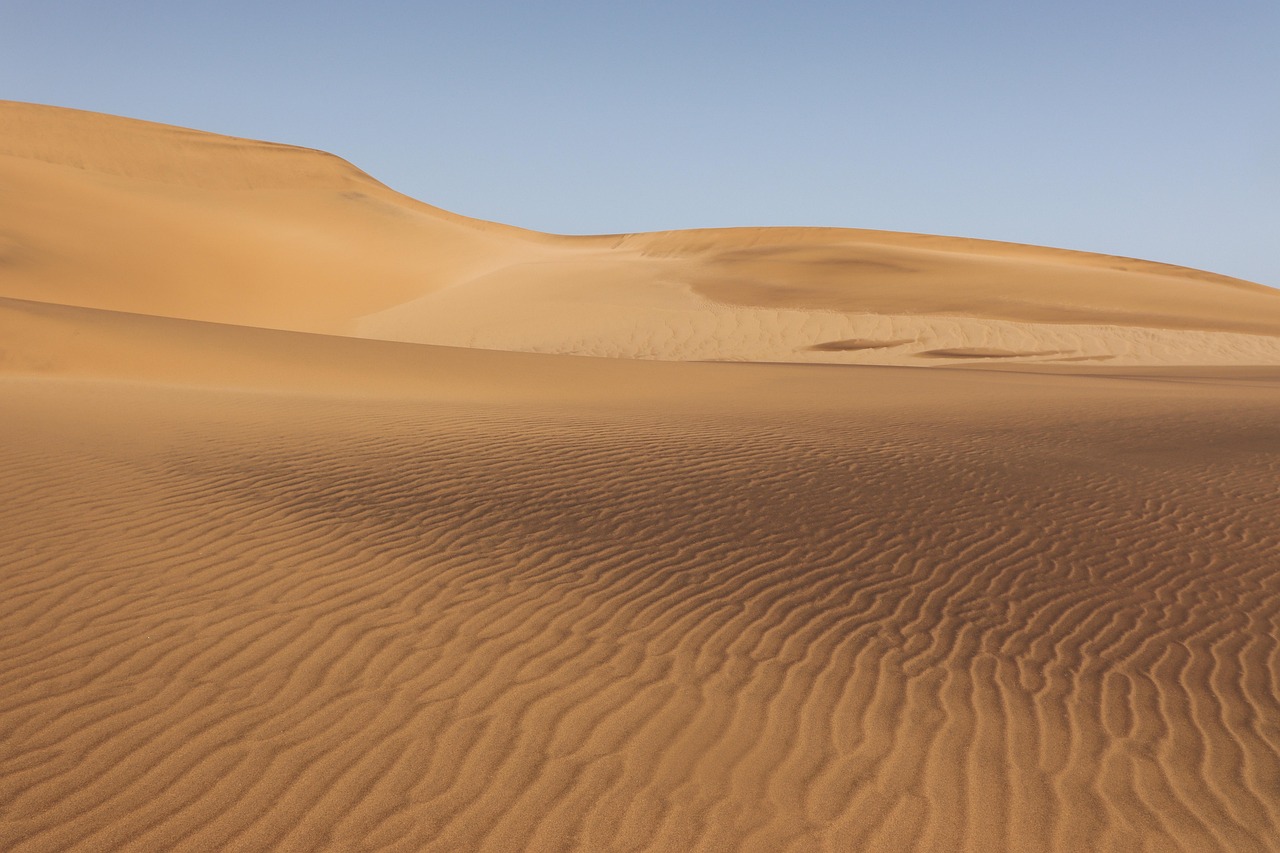
One of the most outrageous aspects of Arizona’s water crisis involves foreign corporations extracting groundwater to grow crops for export. Massive farms have made international headlines in recent years, namely for a Saudi-owned operation growing alfalfa for cattle on state land with no oversight of the amount of water being pumped for the water-intensive crop, and the state recently announced it would cancel its lease to the company, Fondomonte. This situation perfectly illustrates the absurdity of Arizona’s water management: while rural residents struggle to afford deeper wells and cities implement conservation measures, foreign companies have been allowed to pump unlimited groundwater to grow crops for export to other countries. Those headlines have made the issue impossible to ignore as it threatens the state’s economic development, and the question now is whether change will finally come to rural Arizona. The fact that this was allowed to happen at all reveals the depth of Arizona’s regulatory failures.
Technology Won’t Save Us This Time
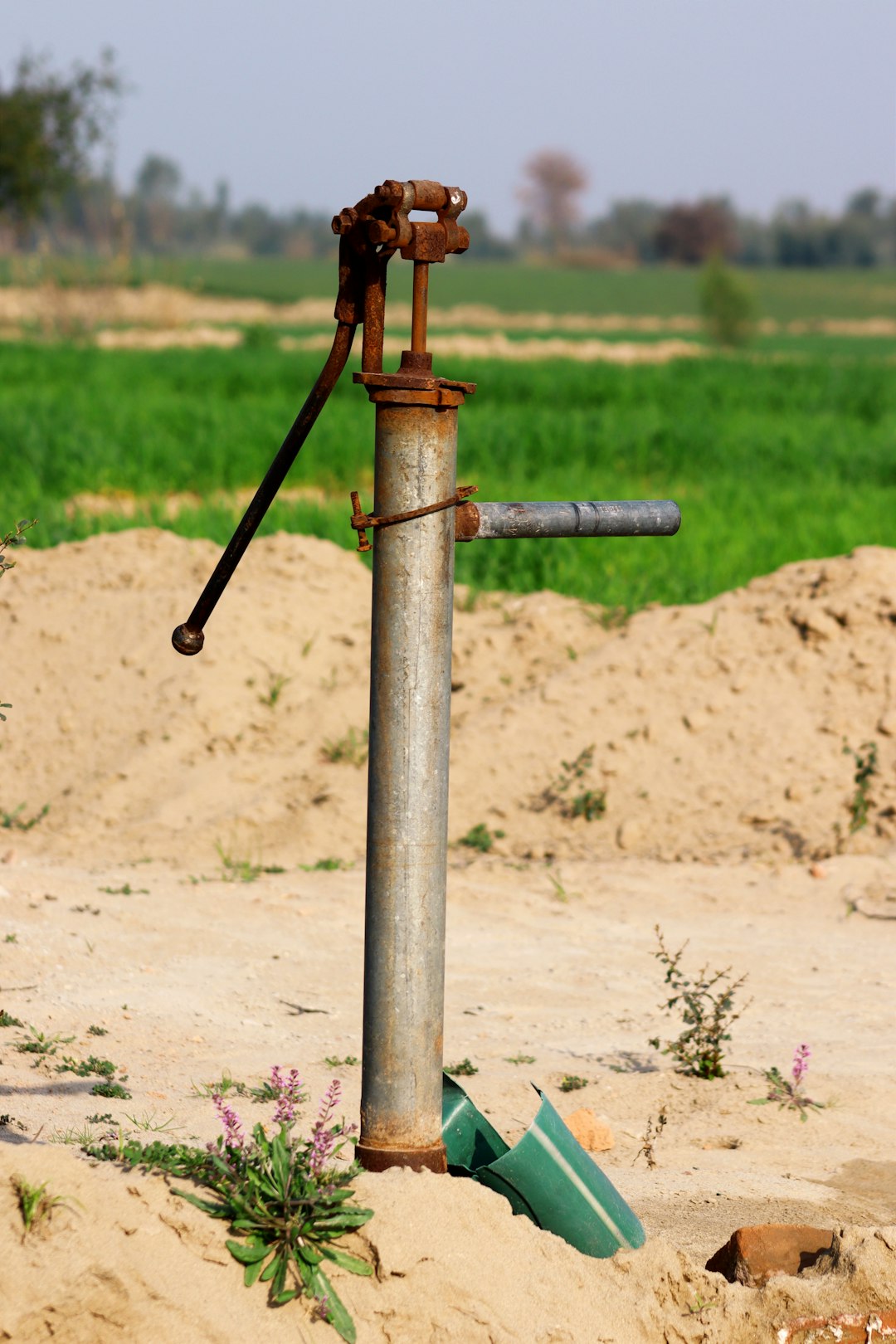
Despite hopes that technology will provide a magic bullet solution, the reality is far more sobering. Technology alone won’t solve the water crisis, as sometimes it’s not a scientific problem, it’s a human problem. While Arizona has explored various technological solutions, they all come with significant limitations. The reality for brackish groundwater, at this point, is more of a mirage, as exploiting this resource to satisfy the state’s demand for water in an arid climate is not as simple as drilling wells, and this is not a new supply of water, but physically groundwater and legally groundwater. Arizona already has a de-salting plant that was built in 1992 to treat agricultural runoff, operated at one-third capacity for one year and then shut down because it was too expensive, and as a test, it was restarted for about a year in 2010, treating more than 9 billion gallons of water. Even when technology exists, the economics often don’t work.
The Economic Tsunami Ahead
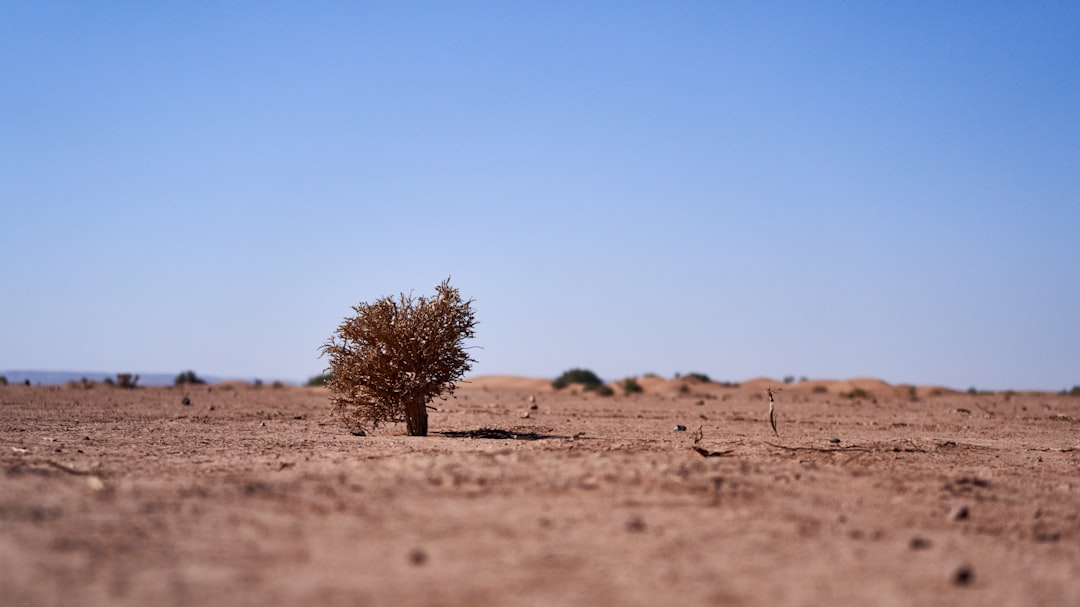
Arizona’s water crisis will trigger economic consequences that most residents aren’t prepared for. The decrease in water allotments will create a cascading effect, with experts saying that water bills could increase, especially in Pinal County, and property taxes in some subdivisions could rise. The drastic depletion of Lake Mead and Lake Powell threaten the hydroelectricity produced at Glen Canyon Dam, and less water can mean fewer crops, which can lead to higher food costs and less profit for farmers. If the water level drops 100 more feet, the electricity-generating hydroelectric turbines will no longer function, and due to the low water level, the dam is already producing less electricity than usual—3.3 billion kilowatt-hours, as opposed to 5.3 in 2000. The interconnected nature of water, energy, and food systems means that Arizona’s water crisis will touch every aspect of the economy.
Underground Water Banking Isn’t Enough
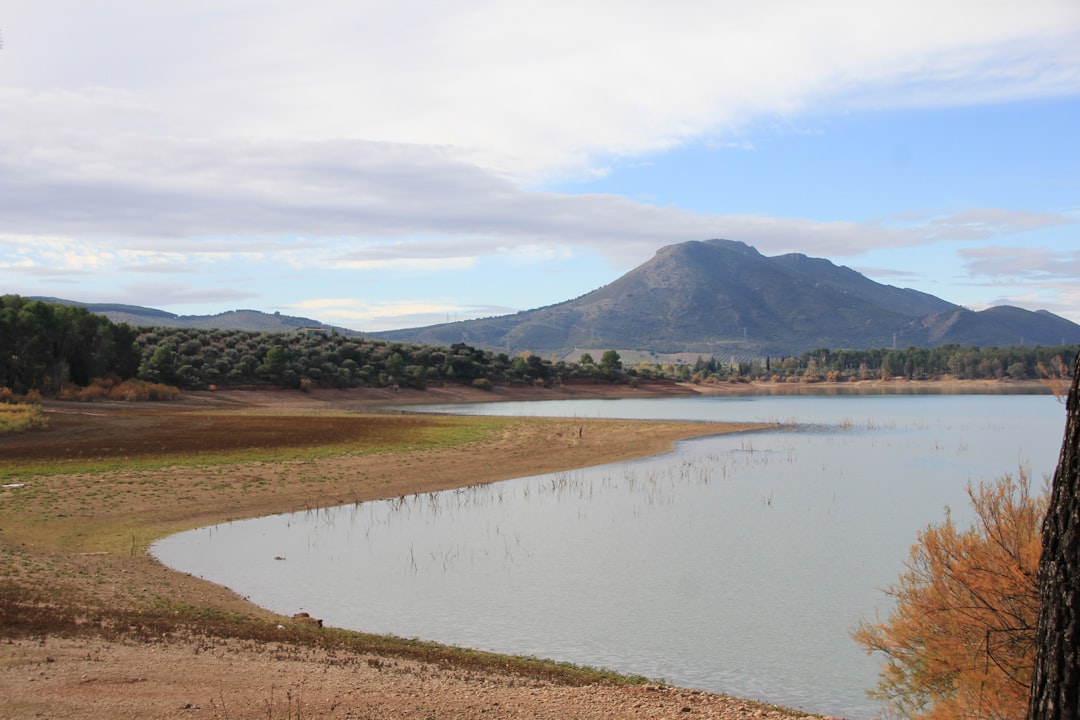
While Arizona has been praised for its innovative water banking programs, these efforts may not be sufficient to address the scale of the crisis. Through water banking efforts in Nevada, Arizona, California and in Lake Mead, authorities have accrued more than 2.2 million acre-feet of water, which is more than 12 times Nevada’s 2023 consumptive Colorado River water use. However, these reserves represent just a fraction of what might be needed in extended drought conditions. Two decades of extreme drought have led to big water declines, with the country’s two largest reservoirs, Lake Powell and Lake Mead, going from 90% capacity in 2000 to about 30% capacity in 2025 due to the river’s declining flow, and even with groundwater gains, sound aquifer management in Central Arizona will face new challenges. The banked water provides some cushion, but it’s not a long-term solution to the structural water deficit facing the state.
The 2026 Reckoning Approaches
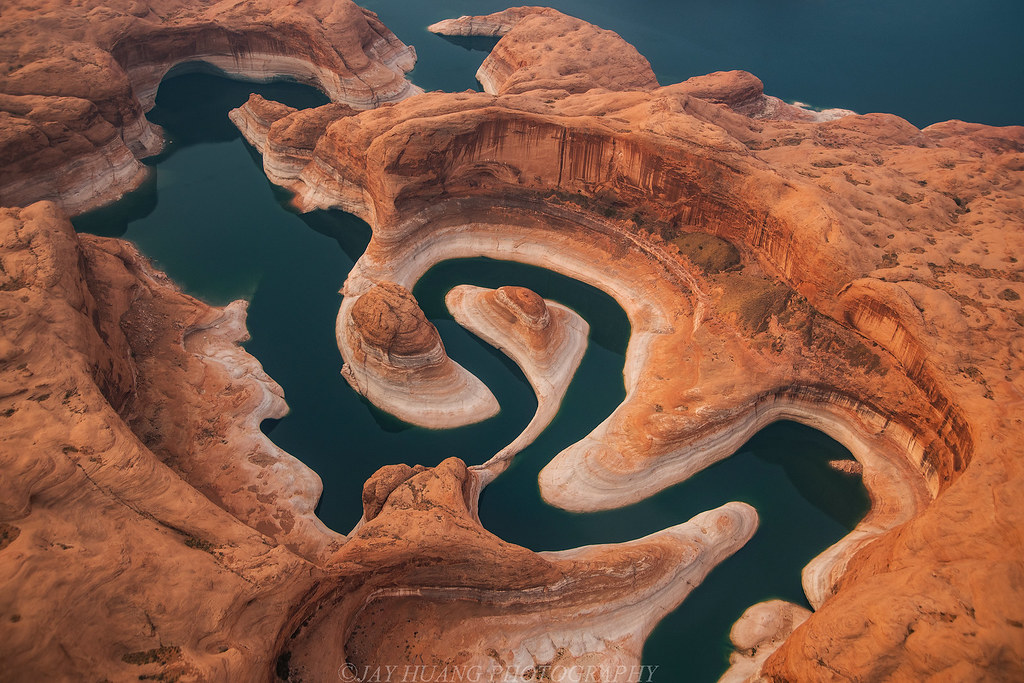
Perhaps most concerning is that the current water management system expires in just two years, with no clear plan for what comes next. The current Colorado River Operating Guidelines will expire at the end of 2026, with Lower Basin States having submitted an Alternative Operating Criteria Proposal to the Bureau of Reclamation for the Post-2026 Colorado River Operating Guidelines, and the Draft Environmental Impact Statement will be published for public review in December 2024 with a Record of Decision expected in 2026. Water allocations from the Colorado River are governed by a 1922 compact and reservoir operating rules that are set to expire in 2026, with policy makers from different states, indigenous communities and Mexico convening to renegotiate water draws. This renegotiation process could result in even deeper cuts for Arizona, as other states with senior water rights fight to protect their allocations. The uncertainty alone is enough to create additional economic instability and development challenges across the state.
Arizona’s water crisis runs deeper than most people realize, touching every aspect of life from rural wells to urban planning to international relations. The convergence of climate change, overallocation, regulatory failures, and economic pressures has created a perfect storm that technology alone cannot solve. What would you have guessed about the true scale of this crisis before reading these facts?

